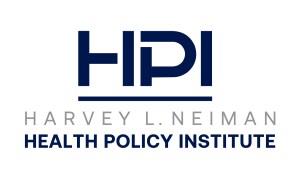July 27, 2024
Summer 2024 Neiman News

Our summer newsletter is out!
Catch up on all the latest Neiman News: recent studies, project updates, and more! Highlights include contributions from Lauren Nicola, MD as our Expert Spotlight, Michal Horny, PhD, Rich Duszak, MD, Gregory Nicola, MD, and Joshua Hirsch, MD.
Click on the link below to view the PDF version of our newsletter.
Released: 6/27/2024
